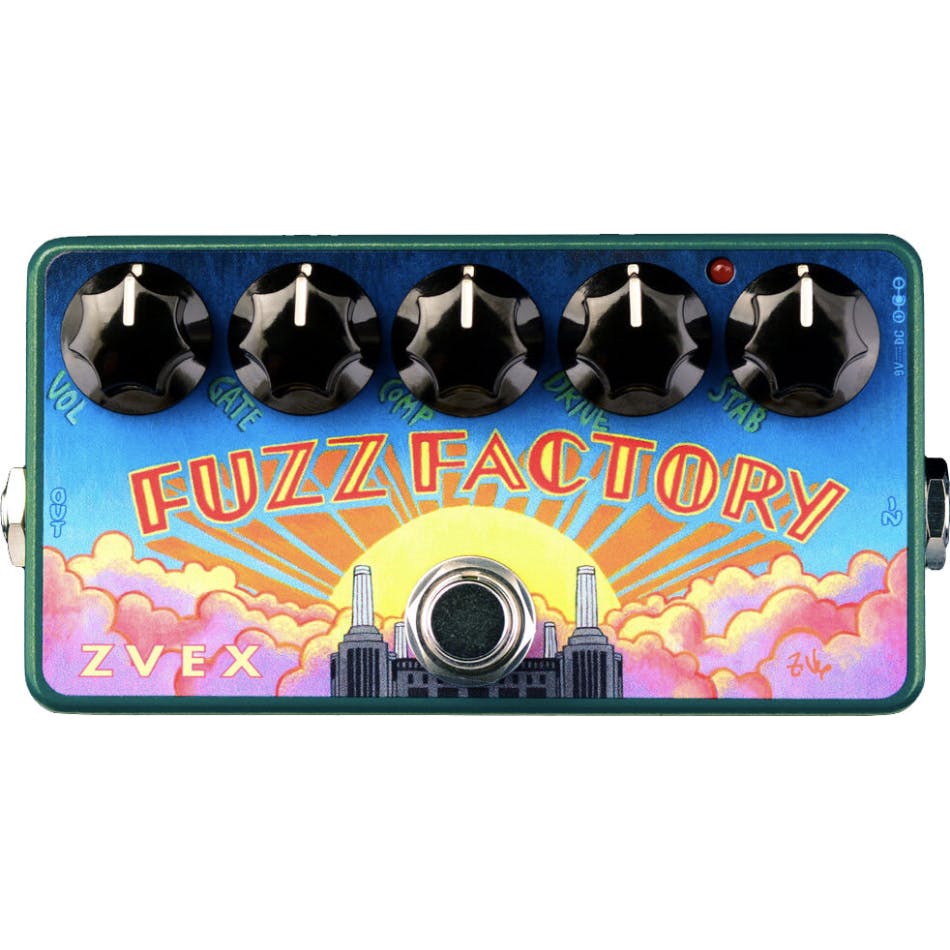- 1. Synth guitar pedals
- 2. Fuzz guitar pedals
- 3. Sustainer/MIDI pickups
- 4. Using Guitar Controls
- 5. Tapping and legato
Synths are amazing instruments. Just like guitars, synthesizers come in all shapes and sizes and possess sounds across a vast sonic scope applicable to virtually any genre of music. It’s no wonder guitarists want to get in on the action! And lucky for you, it’s not all that difficult to replicate a synth sound on the stringed instrument.
Buying a standalone synth raises a couple of issues for guitarists: they can prove a costly outlay when you’ve already spent a small fortune on guitar gear and you’ll have to operate it separately to the setup you’ve already got. They could also present the challenge of learning how to play an entirely new instrument; although some synths don’t resemble a piano (e.g modular/semi-modular synths), those packed with the most features, called workstations, usually opt for the classic keys layout.

But you don’t have to be a multi-instrumentalist to add more sounds to your music. This applies most of all to guitarists, who have a number of options at their disposal in the form of guitar pedals, gadgets and a few free-thinking techniques to create synth tones. Let’s find out how to make your guitar sound like a synth…
1. Synth guitar pedals
It’s been quite the renaissance for synth guitar pedals. They used to get a bad wrap from critics because they simply didn’t sounds all that great. Plenty also suffered annoying latency issues rendering them useless in a live setting. But they’ve drastically improved in recent years and pack a mindblowing amount of tones into a simple, small format.
Synth pedals give you the ability to blend your dry guitar signal into hi/lo pass filters, modulation, new oscillation patterns, bit-crushing, compression and common synth effects like reverb and delay. Basically, they do the job of five or so different pedals in just one box.
Boutique pedal brands such as Earthquaker Devices, Meris and Red Panda are often associated with synth-esque tones, but they’re also available in the mainstream market thanks to Boss, Electro Harmonix and Digitech. The sounds on offer vary greatly from pedal to pedal. To get the most out your synth pedal, place it in between other modulation/filter pedals in a signal chain.









Responses & Questions